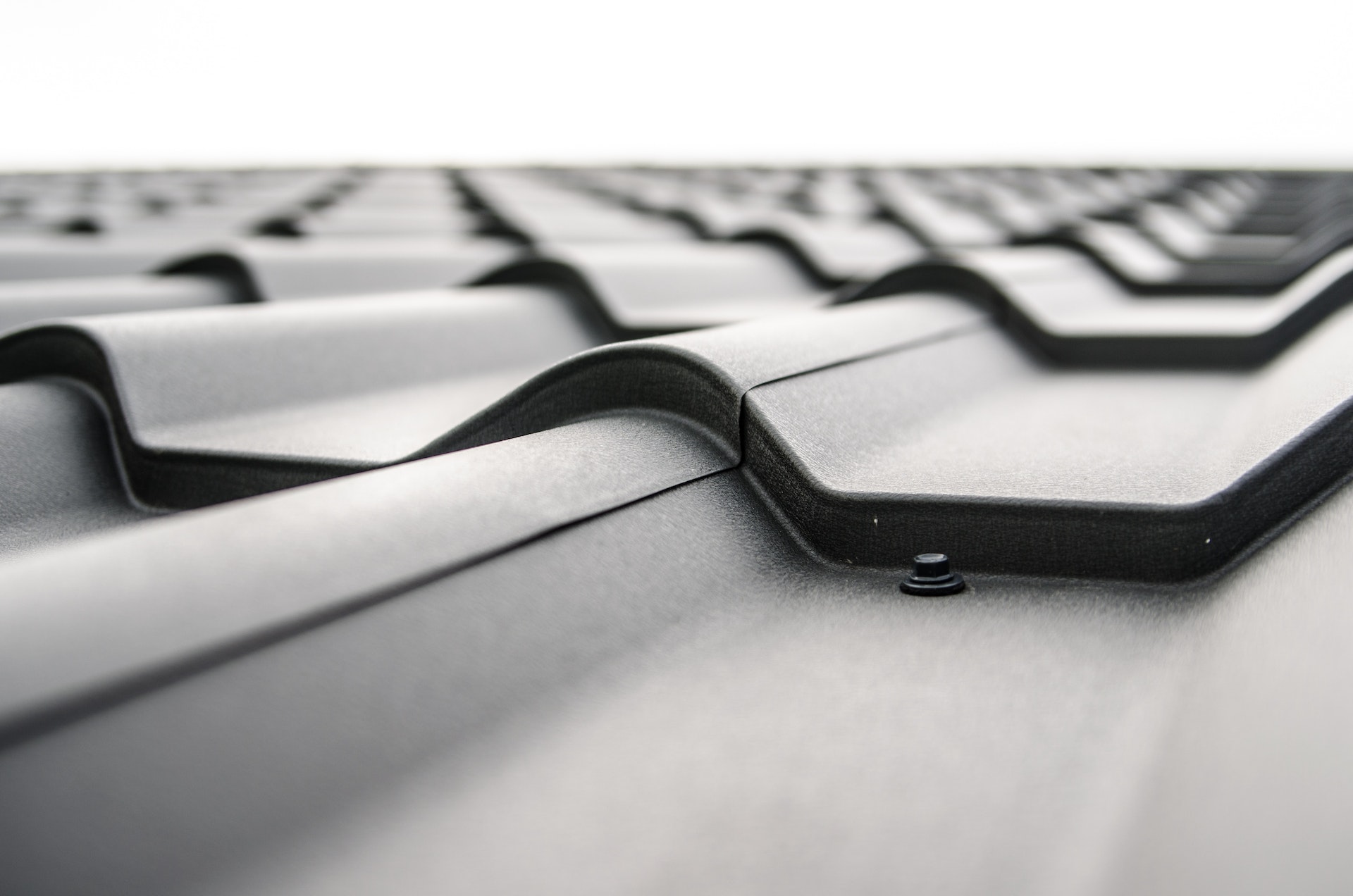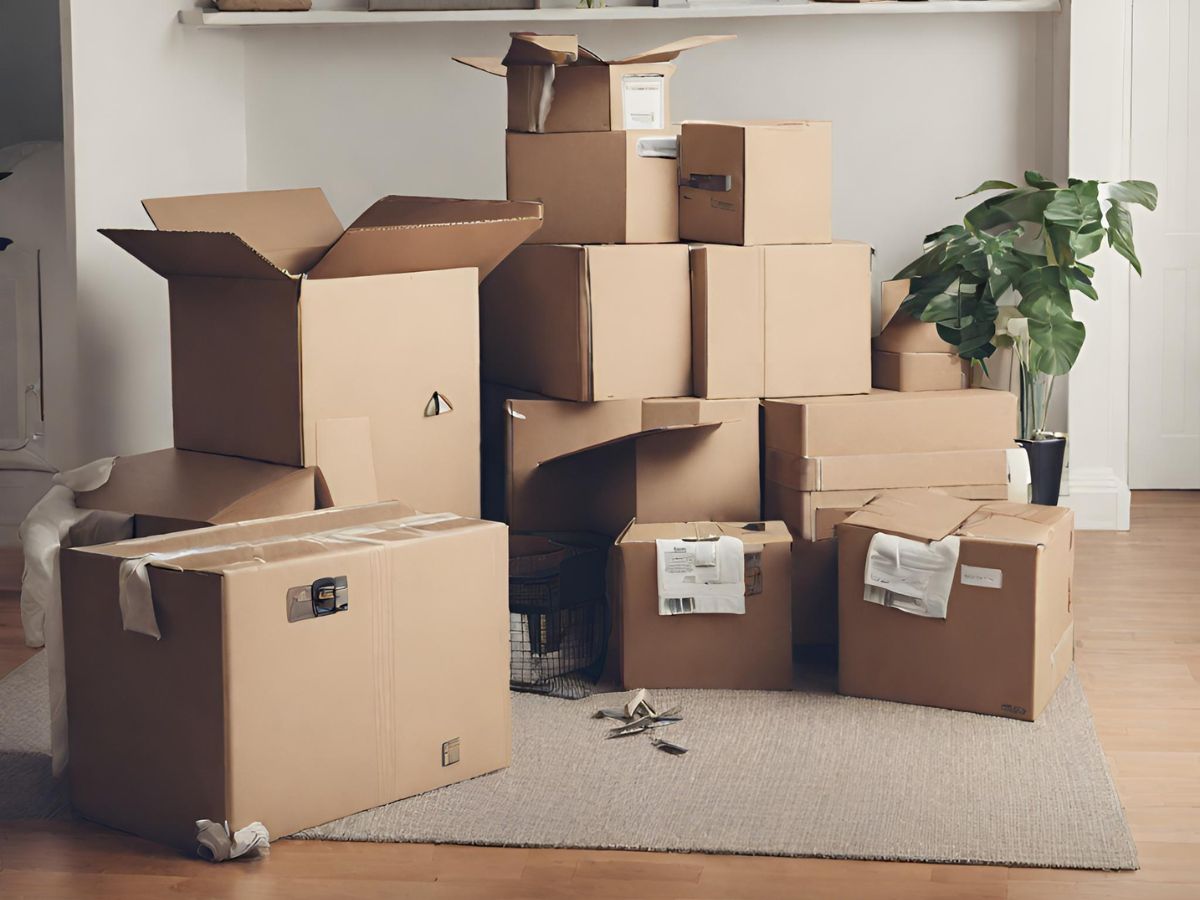A home is one of the most expensive purchases someone can make. Safety should be at the forefront of your considerations when looking for a new place. When considering buying a property, you should ask yourself some questions before making any commitments. Safe communities provide peace of mind and help maintain your home’s and personal property’s value.
1. Check the Roof
Checking the roof for potential problems is one of the easiest ways to keep your house safe. Ensure that the roof’s gutters and valleys are clear of debris. Check for any leaks in the roof or problems with tiles. Look up at the ridge for a sagging or ‘U’ shape. Check around any chimney stacks, and look up at them to ensure they’re tight enough and climb past their terrace level.
2. Look at the Outside Walls
Check that there are no cracks or holes in the brickwork, mortar, or cement. Look carefully at the bottoms of the walls to ensure no movement or wetness may indicate water is entering around the base of the wall. If you see any cracking, crumbling, or flaking paint, then this could indicate damp problems. Also, look for signs of dry rot and fungus growth (mold).
3. Examine the Condition of Windows and Doors
Check the inside and outside of windows to ensure they are in good working order. Windows should be easy to open and close, with no cracks or gaps. The glass should be free from cracks, and the frame should be in good condition, with no rot. Doors should also work easily without sticking or catching. The doors should be waterproof with a good quality paint job on the outside and shouldn’t be warped. In terms of safety locks – check your windows regularly, at least once a week, by opening them up (even if just enough to fit your fingers in) to see whether intruders have forced their way through the locks or broken the window panes.
4. Monitor the Dampness in the Floors and Walls
If you have a cellar, look for any signs of water stains on the walls or cracks on the floor, which could be due to leaking pipes. Also, check that the ground floor is dry. If you have a wet basement or cellar, then there will likely be problems with your plumbing or drainage system, so it’s worth getting this checked out.
5. Watch for Insulation Problems
Insulation problems are common in a house, and it’s important to watch for them. Check that no draughts are coming in around the doors and windows. Check any radiators or heating systems for signs of dampness or rust. Check the fireplace for dampness to see whether it’s being used. Check under kitchen and bathroom cupboards, in their base, to see any signs of dampness around them.
After conducting a safety assessment of your property, you should be able to ascertain whether it’s safe. If you can’t, don’t buy the property and look for another one in a safer area. However, if you have done the safety assessment properly and there are no problems, go ahead and buy the property, as it will likely be in a safe area.




